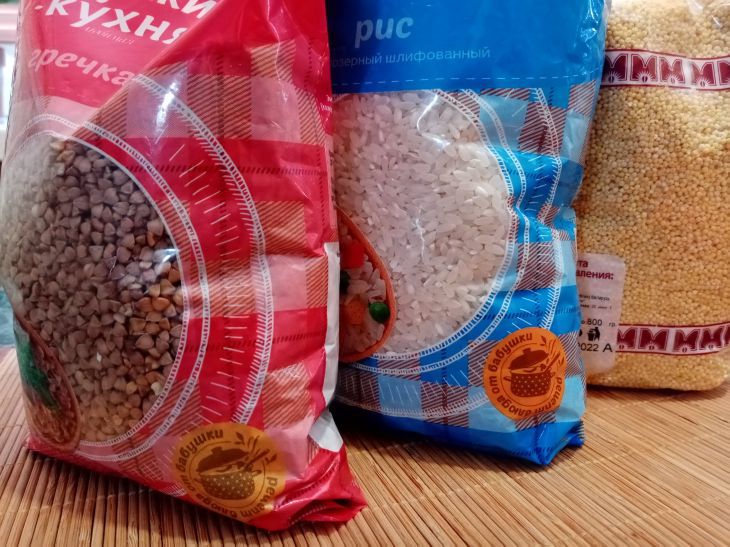Whole grain foods, or in simple terms, cereals, simply need to be included in your daily diet.
In addition to the fact that cereals are a source of energy, nutrients and vitamins, they also help fight a number of diseases.
For a long time, nutritionists advised paying attention to buckwheat, as a result of which the impression was created that there is nothing more useful in the world than this grain.
As recent studies show, millet is in no way inferior to the popular product in this regard.
Benefits of millet
Researchers at the Indian International Institute of Agricultural Crops have proven that one of the main features of this cereal is its effect on blood glucose levels, writes the scientific publication Frontiers in Nutrition.

One cup of millet contains 6 grams of protein, 2 grams of fiber, B vitamins, folate, calcium, iron, as well as magnesium and phosphorus.
Regular consumption of millet improves digestion, eliminates constipation and fatty deposits, and also increases insulin sensitivity.
Millet is good for the health of the heart and blood vessels and supports the nervous system.
At the same time, it is a hypoallergenic product and causes almost no consequences.
However, to get the benefits, you need to consume millet correctly.
How to eat millet
Firstly, in the morning you need to cook milk porridge, which will help you forget about hunger for a long time.
Secondly, in the evening millet is boiled in water, which makes the dish low-calorie.
Thirdly, consider contraindications
Contraindications
1. If you have problems with the thyroid gland, it is recommended to limit the consumption of this cereal and consult a doctor before consuming it.
2. Gastrointestinal diseases and frequent constipation can also be a contraindication.
3. During pregnancy, you should be careful with millet due to possible gastrointestinal problems.
And, of course, we must not forget about individual intolerance to the product.








